- You are here:
- Home »
- Wine Pairings
Category Archives for Wine Pairings

Wine For Cheese [FULL GUIDE]
Pairing wine with cheese can elevate a simple tasting experience into a culinary delight, transforming a casual snack into a sophisticated indulgence. Whether you’re a seasoned connoisseur or a curious beginner, understanding the nuances of how different wines interact with various cheeses can greatly enhance your enjoyment. This guide aims to demystify the art of […]
Continue reading
Wine For Bbq Food [FULL GUIDE]
When it comes to pairing wine with barbecue, the right choice can elevate your outdoor feast to new heights. The smoky, robust flavors of grilled meats and tangy sauces can sometimes seem daunting to match with wine, but the right selection can enhance and complement your BBQ spread. Whether you’re enjoying a classic backyard cookout […]
Continue reading
Wine For Mushrooms [FULL GUIDE]
When it comes to pairing wine with food, the delicate and earthy flavors of mushrooms often pose a unique challenge for many enthusiasts. Unlike more straightforward ingredients, mushrooms offer a range of textures and tastes, from the rich umami of a portobello to the subtle earthiness of a chanterelle. This complexity calls for a nuanced […]
Continue reading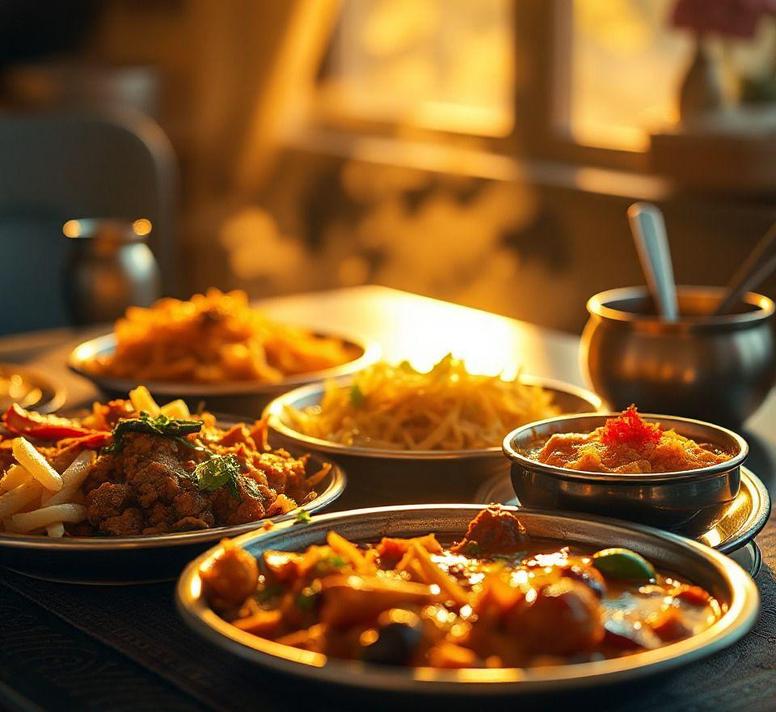
Wine For Indian Food [FULL GUIDE]
When it comes to pairing wine with Indian cuisine, the rich tapestry of flavors and spices presents both a challenge and an opportunity for enthusiasts. Indian food, known for its vibrant spices and diverse regional dishes, offers a culinary landscape that can seem daunting to navigate with wine. Yet, the right pairing can elevate the […]
Continue reading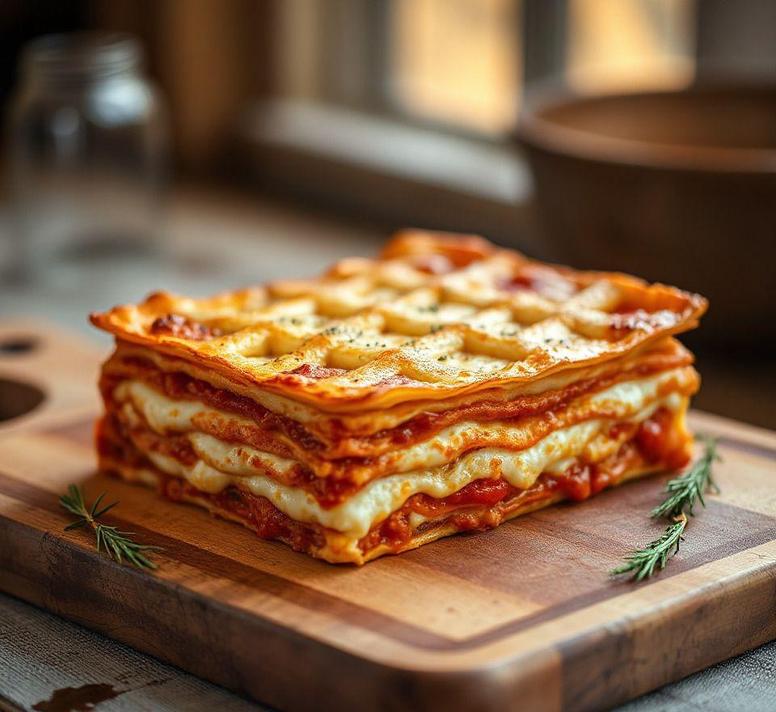
Wine For Lasagna [FULL GUIDE]
When it comes to pairing wine with lasagna, the rich, layered flavors of this Italian classic offer a delightful challenge. Whether you’re preparing a traditional meat lasagna with hearty bolognese sauce or opting for a lighter, vegetable-based version, the right wine can elevate the dining experience to new heights. The complexity of lasagna, with its […]
Continue reading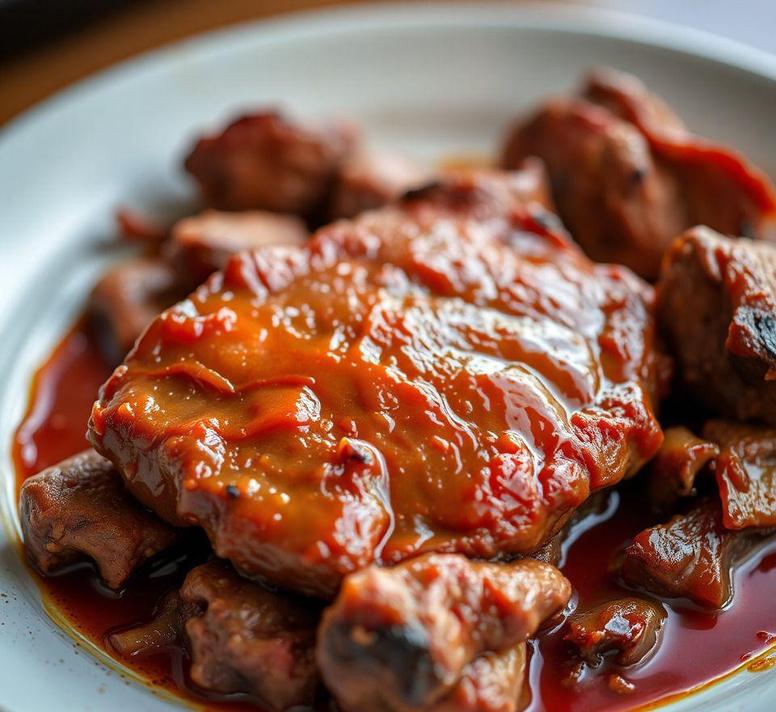
Wine For Beef [FULL GUIDE]
When it comes to pairing wine with beef, the right choice can elevate a meal from ordinary to extraordinary. Beef, with its rich, robust flavors and various cuts, demands a wine that can complement and enhance its taste. Whether you’re grilling a juicy steak, slow-roasting a prime rib, or preparing a hearty beef stew, the […]
Continue reading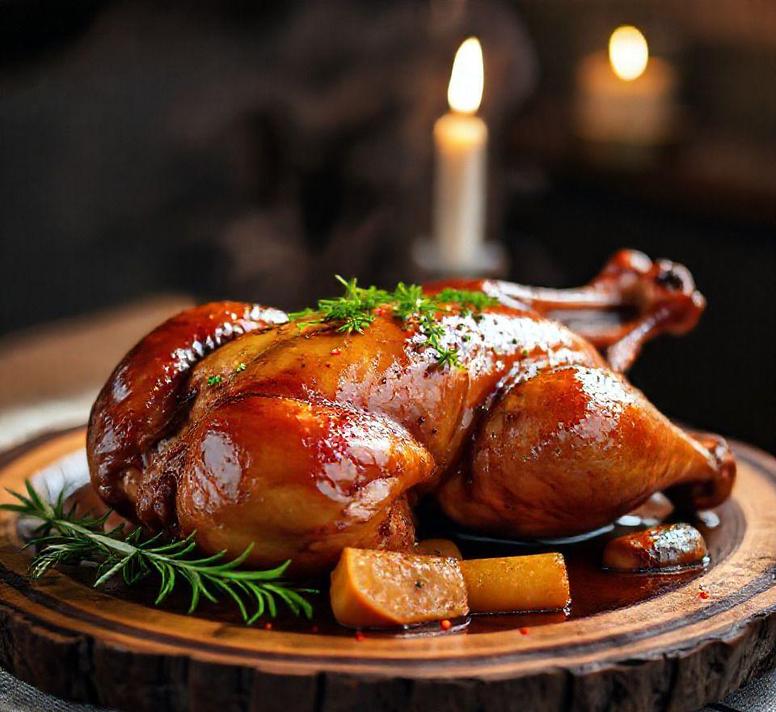
Wine For Duck [FULL GUIDE]
When it comes to pairing wine with duck, the possibilities are as rich and varied as the bird itself. Duck, with its flavorful and sometimes gamey profile, demands a wine that can stand up to its intensity while complementing its succulent, often fatty nature. Whether you’re preparing a classic Peking duck, a savory duck à […]
Continue reading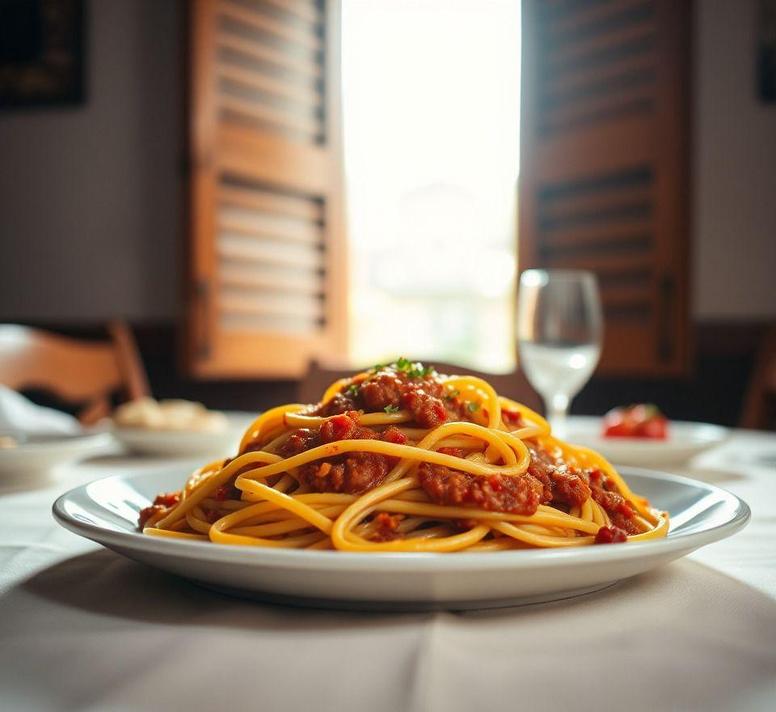
Wine For Pasta [FULL GUIDE]
When it comes to pairing wine with pasta, the right choice can elevate a simple meal into a culinary masterpiece. Whether you’re enjoying a classic tomato-based marinara or a rich, creamy Alfredo, the perfect wine can enhance the flavors and create a harmonious dining experience. This guide aims to demystify the art of wine pairing […]
Continue reading
Wine For Beef Stew [FULL GUIDE]
Pairing wine with beef stew is more than just a culinary choice; it’s a way to elevate a comforting classic into a gourmet experience. The rich, hearty flavors of beef stew, with its tender chunks of meat and savory vegetables simmered in a robust gravy, demand a wine that can match its depth and complexity. […]
Continue reading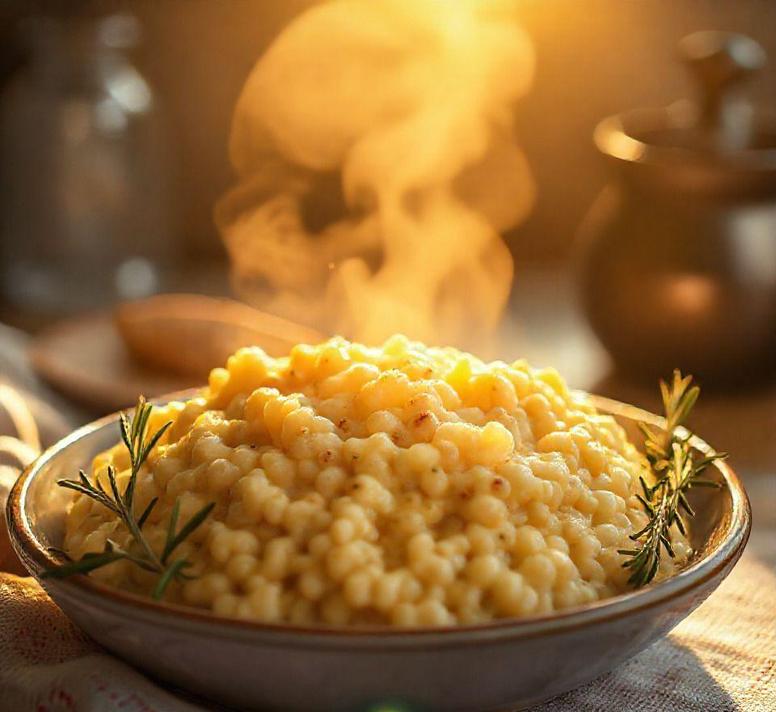
Wine For Risotto [FULL GUIDE]
When it comes to crafting the perfect risotto, the choice of wine can elevate this classic Italian dish from simply satisfying to truly spectacular. Risotto’s creamy, rich texture and delicate flavors offer a unique canvas for wine pairing, making it crucial to select the right bottle to complement its taste and enhance the overall dining […]
Continue reading